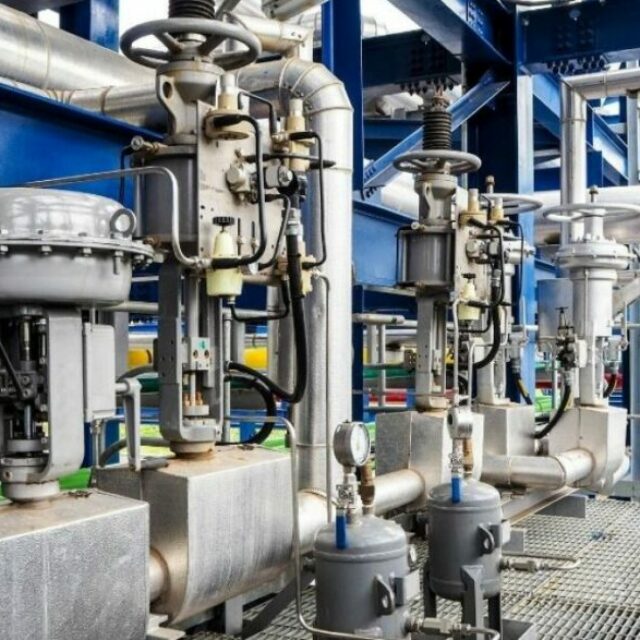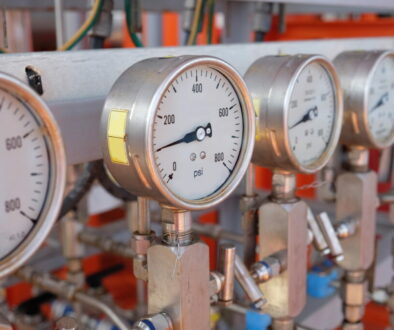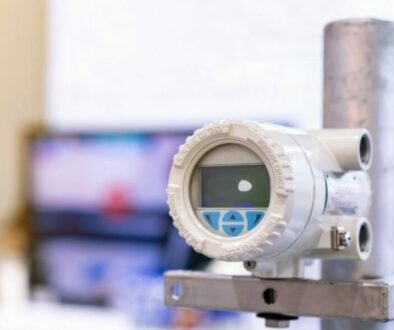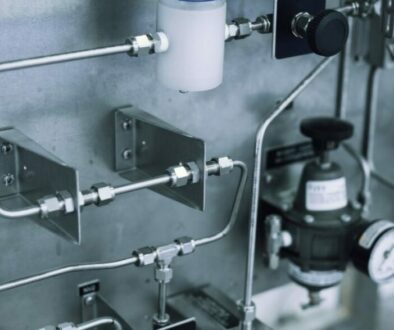How Hysteresis Affects Proportional Valves
Do you know if hysteresis is affecting your application? Hysteresis is a lag in a reaction to any acting force and it is found everywhere, from physics to biology, engineering, and even economics. There are lots of things to plan for and mitigate when planning your build, and hysteresis is a big one. We will try to explain the complexities and fundamentals and how hysteresis affects proportional valves.
What is Hysteresis?
Before we can understand the complex factors of hysteresis, we need to define and understand the concept. Hysteresis is the maximum difference in the current required to achieve a set flow relative to the maximum current. For a practical example of mechanical hysteresis in action, think of the faucet in the bathtub. You know that water will come out when you turn the knob on the faucet. You also know that when you turn it all the way around back to the 12 o’clock position, you will get the perfect water flow. But this is an older faucet and there is some play in the knob, and going to 12 o’clock won’t be perfect, so you must turn it back slightly to 11 o’clock for the perfect flow. As you turn the know back, the play you are feeling is a lag in the system, and that is hysteresis.
How Does It Affect Proportional Flow Valves?
Hysteresis affects proportional valves in a similar fashion. In flow proportional valves, hysteresis is the difference you see in flow when you go directly to a particular point compared to when you go past that flow point and try to return to it. In current proportional valves, the hysteresis you observe is primarily magnetic. When a current is supplied to the valve’s coil, an electromagnetic field which forces the poppet to move is created. It takes greater force to open the valve than to close it. More current is needed to open the valve on the uphill side of the flow than is needed on the downhill side.
How to Minimize Hysteresis
The challenge is getting to the lowest degree of hysteresis possible. When working with solenoid-driven valves, different variables like temperature, spring rates, and wear can affect hysteresis. In this case, good control is achievable as long as valve performance is consistent and repeatable. A quality proportional control valve with consistent performance can reduce hunting in closed-loop systems, which occurs when the system overshoots and undershoots several times to reach a set point.




